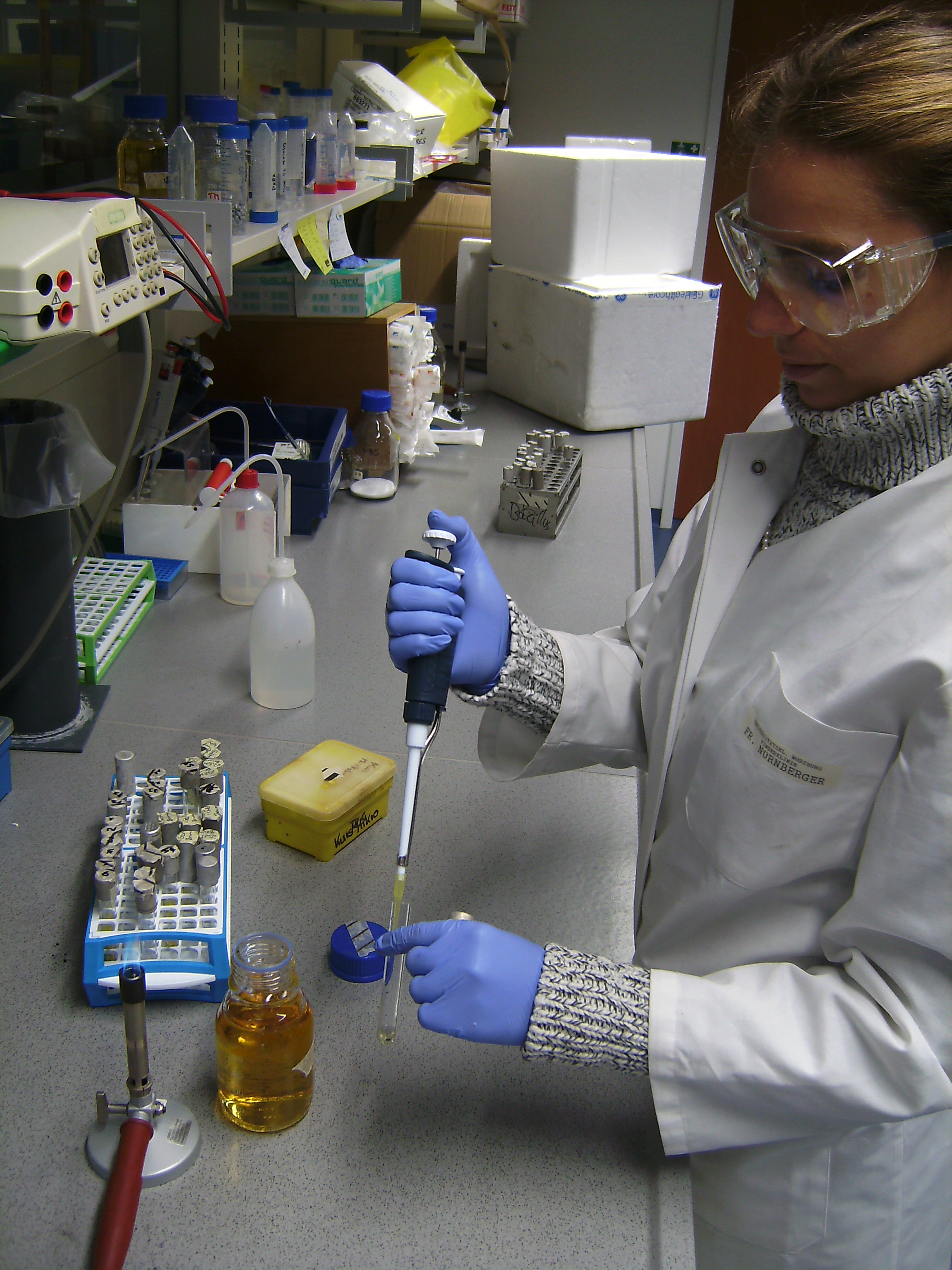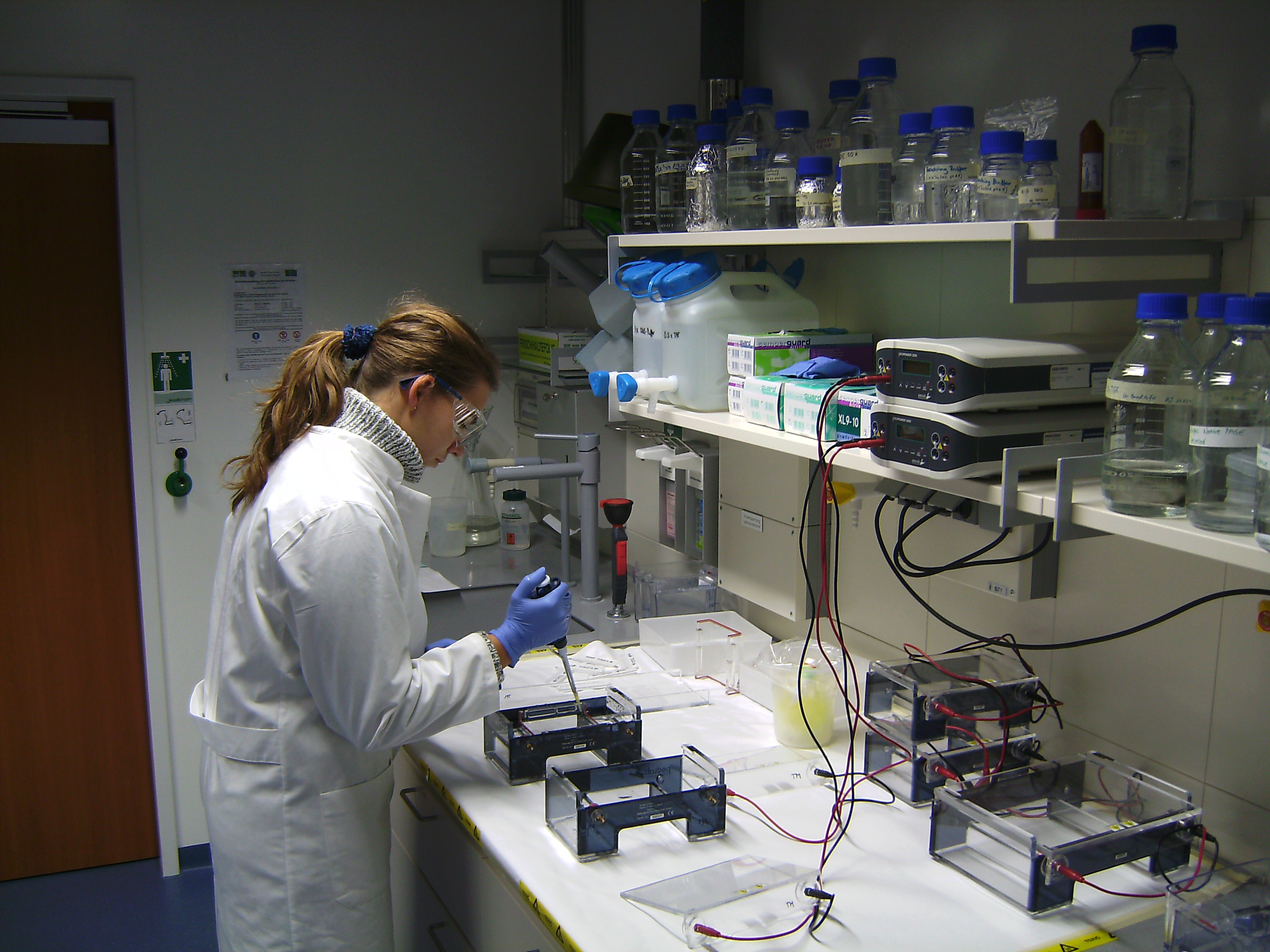Team:LMU-Munich/Safety
From 2010.igem.org
(Difference between revisions)
(→Safety) |
(→Safety) |
||
| (5 intermediate revisions not shown) | |||
| Line 2: | Line 2: | ||
{{:Team:LMU-Munich/Templates/Page Header}} | {{:Team:LMU-Munich/Templates/Page Header}} | ||
| - | ==Safety== | + | ==<font color="#9933CC">'''Safety'''</font>== |
1. Would any of your project ideas raise safety issues in terms of: | 1. Would any of your project ideas raise safety issues in terms of: | ||
| Line 14: | Line 14: | ||
To assure this in first place, every participant took part in a general safety meeting in order to join the iGEM-Team. This meeting dealt with the common safety rules concerning optimal laboratory conditions and the general behavior in the lab. | To assure this in first place, every participant took part in a general safety meeting in order to join the iGEM-Team. This meeting dealt with the common safety rules concerning optimal laboratory conditions and the general behavior in the lab. | ||
In order to protect ourselves, we mostly worked with non-hazardous chemicals and organisms like apathogenic E. coli strains such as DH5 alpha or BL21. Besides, we wore a lab coat and single-use gloves. When working with e.g. liquid N<sub>2</sub>, we wore goggles as well. | In order to protect ourselves, we mostly worked with non-hazardous chemicals and organisms like apathogenic E. coli strains such as DH5 alpha or BL21. Besides, we wore a lab coat and single-use gloves. When working with e.g. liquid N<sub>2</sub>, we wore goggles as well. | ||
| - | When operating with dangerous substances (as e. g. ethidiumbromide), we additionally wore nitrile gloves. Furthermore dangerous substances were stored and handled in desigenated | + | When operating with dangerous substances (as e. g. ethidiumbromide), we additionally wore nitrile gloves. Furthermore dangerous substances were stored and handled in desigenated rooms in order to assure the safety of the researchers. |
For the protection of the public and the environment against hazardous substances, our garbage as well as our liquid waste was sterilized by autoclavation. Before leaving the laboratory, every researcher has cleaned and disinfected his/her hands. Moreover, we let the windows closed and did not throw jeopardy stuff into the sink. | For the protection of the public and the environment against hazardous substances, our garbage as well as our liquid waste was sterilized by autoclavation. Before leaving the laboratory, every researcher has cleaned and disinfected his/her hands. Moreover, we let the windows closed and did not throw jeopardy stuff into the sink. | ||
| - | + | [[Image:safety1.jpg|left|200px|Safety picture]] | |
| + | [[Image:safety2.jpg|center|400px|Safety picture]] | ||
---- | ---- | ||
| Line 49: | Line 50: | ||
| - | To improve the safety while working with (hazardous) biobricks a new kind of biobrick backbone should be established. Every potentially pathogenic or hazardous biobrick should be cloned in a special backbone containing the sequences of the present backbones (ORI, resistance cassette,restriction sites ...) AND an inducible killing gene cassette. This killing cassette (e.g. ccdB in E. coli with an exchanged promotor) is induced by a normaly absent reagent that could easily be added in case of contamination. Adding this reagent would result in an expression of the killing gene, which leads to the death of the pathogenic cells containing the biobrick plasmid. | + | To improve the safety while working with (hazardous) biobricks a new kind of biobrick backbone should be established. Every potentially pathogenic or hazardous biobrick should be cloned in a special backbone containing the sequences of the present backbones (ORI, resistance cassette,restriction sites ...) AND an inducible killing gene cassette. This killing cassette (e.g. ccdB in E. coli with an exchanged promotor or bak for eukaryotic cells) is induced by a normaly absent reagent that could easily be added in case of contamination. Adding this reagent would result in an expression of the killing gene, which leads to the death of the (pathogenic) cells containing the biobrick plasmid. |
Latest revision as of 17:35, 27 October 2010


![]()
![]()







![]()
 "
"



